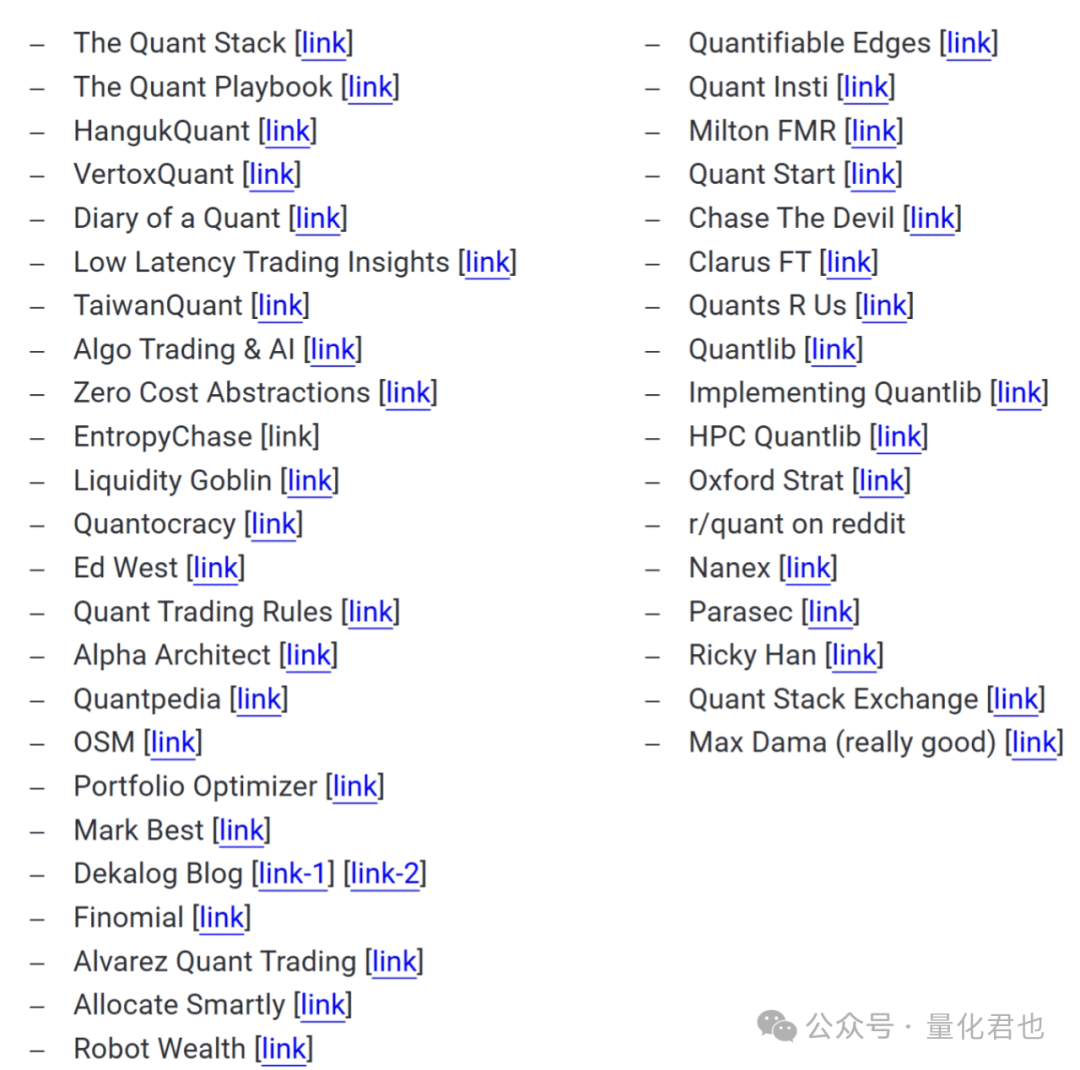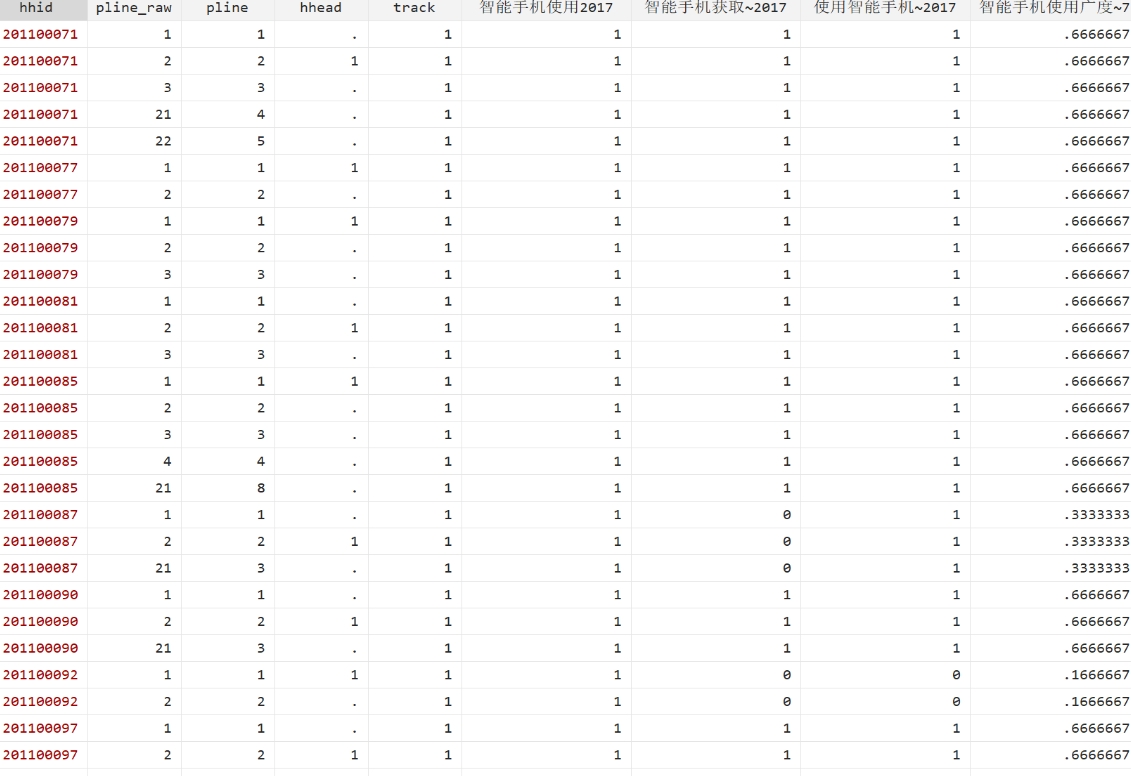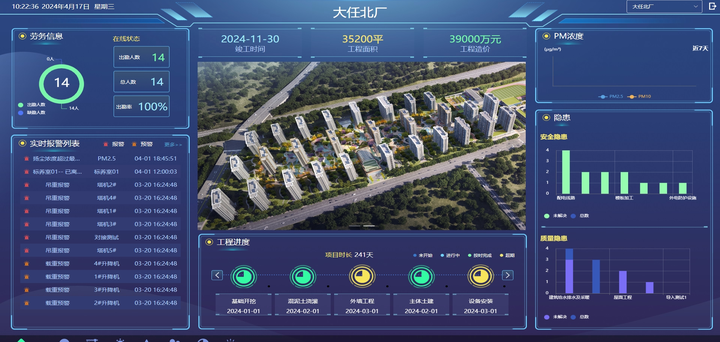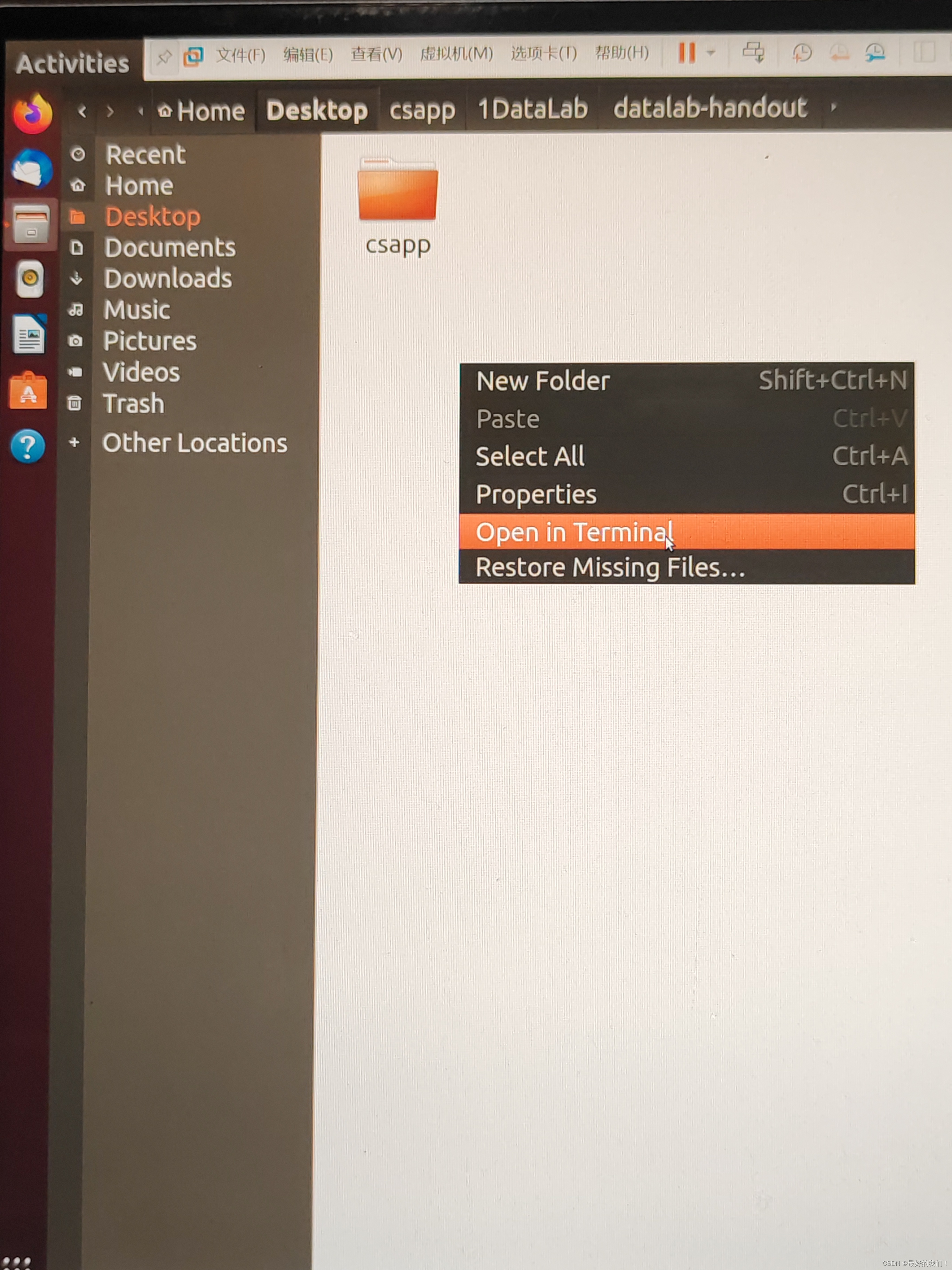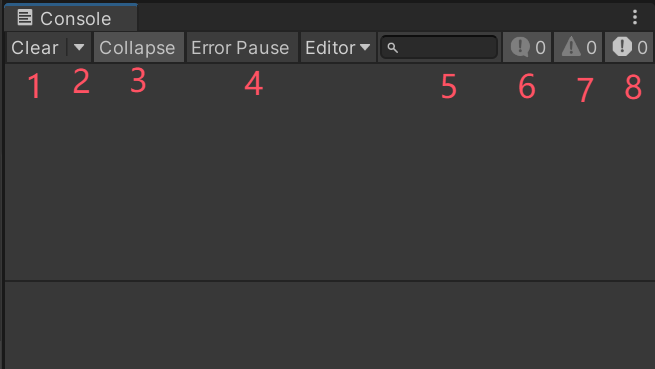
1. Introduction
(1) time series forecasting (TSF);
(2) 回顾 “ Transformer (Vaswani et al. 2017) ” 的各领域优秀表现:

(3) IMS vs. DMS :

→ Consequently, IMS forecasting is preferable when there is a highly-accurate single-step forecaster, and T is relatively small. In contrast, DMS forecasting generates more accurate predictions when it is hard to obtain an unbiased single-step forecasting model, or T is large.
→ IMS 有 更小的方差 (smaller variance),但更受 误差累积效应 (error accumulation effects) 影响.
tips: Not all time series are predictable, let alone long-term forecasting (e.g., for chaotic systems). We hypothesize that long-term forecasting is only feasible for those time series with a relatively clear trend and periodicity.
(4) 历史工作导图:

2. Method
2.1 基础模型:LTSF - Linear

(1) 建模公式:![]()
(2) 注意:LTSF - Linear 在不同变量间共享权重,且不对任何空间相关性建模
2.2 改进模型:DLinear *


2.3 NLinear:Meanwhile, to boost the performance of LTSF-Linear when there is a distribution shift in the dataset, NLinear first subtracts the input by the last value of the sequence. Then, the input goes through a linear layer, and the subtracted part is added back before making the final prediction. The subtraction and addition in NLinear are a simple normalization for the input sequence.
3. 实验结果

4. 有用的信息:时序顺序信息 捕获能力不足,不抗噪
